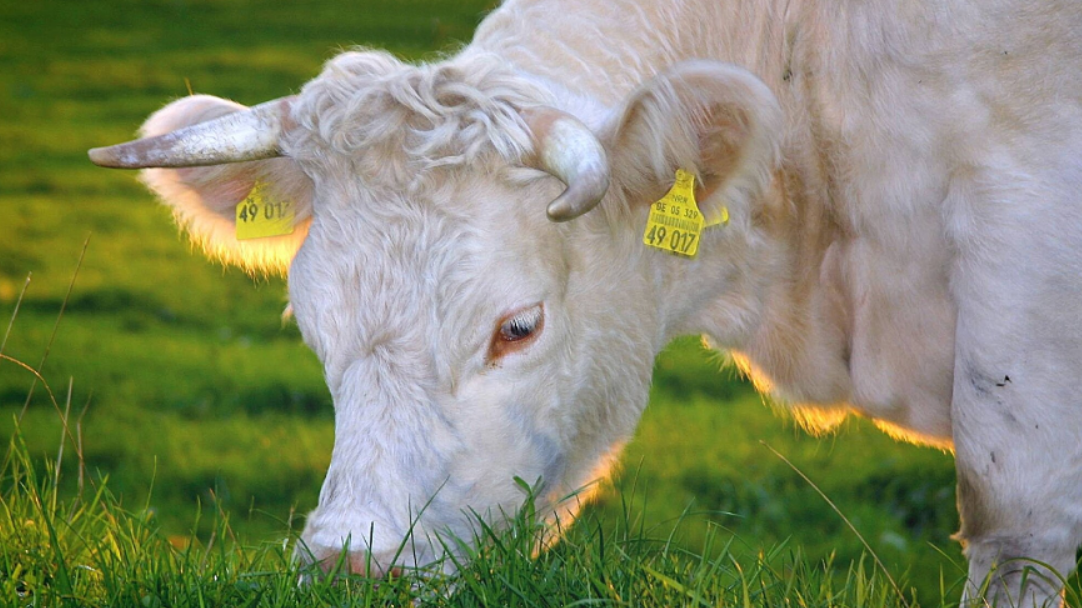NEWS
Raw Milk Diet: What Are the Safety Risks?

Raw Milk Diet
Today, over 30 million Americans have to settle for unhealthy foods more often than they’d like to. So, it’s more essential than ever to find nutritious food that’s easy to get.
That’s why the raw milk diet has become such a health trend. It’s an affordable and convenient way to get your daily dose of calcium.
Unfortunately, not everyone has gallons of unpasteurized milk lying around or access to a cow. And even if you have these things at your disposal, is it safe to consume dairy this way safe? Keep reading to find out if drinking raw milk is worth the gamble.
What Is Raw Milk?
You’ve probably never seen raw milk in stores, and there’s a good reason for that: It’s not pasteurized. Pasteurization is the process of cooking milk to kill bacteria. When heated to the right temperature, the harmful bacteria in milk disappears while valuable nutrients, like vitamin C and calcium, stick around.
Some people think pasteurization also gets rid of useful bacteria, so they prefer raw milk that hasn’t been through this process.
Goat Milk vs. Cow Milk
If you’re wondering whether to try raw goat’s milk or cow’s milk, remember that goat’s milk has less lactose (the sugar found in dairy products). People who are lactose intolerant will have an easier time digesting it.
Goat’s milk also has more calcium than cow’s, making it better for your bones and teeth. Your muscles will appreciate the boost in protein too!
Some people prefer the flavor of cow’s milk, but it’s worth trying both and seeing which one you like best.
Raw Milk Benefits
Before diving headfirst into a raw milk diet, it’s worth noting that the supposed benefits have yet to be proven. All known advantages are anecdotal.
If you’re not eating other healthy foods as well, it’s unlikely that raw milk will improve your well-being. But if you have a clean diet and want to try something new, here are some of the purported benefits of drinking raw milk.
More Amino Acids
Users say that the amino acids in raw milk are essential for building protein faster.
One of the most important amino acids in raw milk is cysteine. It helps with detoxification and collagen production. Healing injuries and repairing body tissue is easier with ample amounts of cysteine in your system.
Raw milk also contains methionine (an antioxidant) as well as lysine (which helps with calcium absorption).
Improved Calcium
Some consumers say the calcium in raw milk is more bioavailable than in its pasteurized counterpart. There may be some truth to this, as raw milk contains higher levels of phosphorus, magnesium, and zinc. These nutrients help your body absorb more of the calcium in your diet.
Boost in Vitamin A
Raw milk is high in vitamin A. With the right amount of this essential nutrient, your skin, eyesight, and immune system can function more efficiently.
Raw Milk Health Hazards
While raw milk may be an appealing choice for people who are lactose intolerant, it comes with health risks. Unpasteurized milk can carry harmful bacteria such as E. coli and streptococcus. Ingesting large numbers of these bacteria can cause serious illnesses, such as:
- Bloody diarrhea
- Fever
- Nausea
- Vomiting
- Abdominal pain
- Headache
If you experience these symptoms after consuming unpasteurized dairy products, seek medical attention.
Most people, however, won’t get sick from raw milk. From 2013 to 2018, there were less than 1,000 illnesses linked to raw milk.
Alternatives to Drinking Raw Milk
If you’re concerned about the risks of drinking raw milk, there are health and lifestyle dairy additives that offer even more benefits than raw milk can ever hope to. But if you can’t get your hands on those, consider making your own milk at home!
Making Almond Milk
All you need for this recipe is almonds, a blender, and some cheesecloth.
First, soak your almonds overnight in water. This will soften them so the blender has an easier time breaking them down.
Next, drain and rinse your almonds. Then place them in a food processor or blender with 2 cups of filtered water for every 1 cup of nuts. That means 2 cups of almonds need 4 cups of filtered water.
Blend until smooth. If desired, strain out any bits using cheesecloth.
You can keep your homemade almond milk in the fridge for up to 5 days.
Soy Milk
Soy milk is remarkably similar to cow’s milk in its texture, but making it is much easier. Just soak dried soybeans overnight, then blend them into a smoothie-like consistency with water and spices (like cinnamon or nutmeg).
If you don’t want to eat the skins of the soybeans, remove them before blending.
Banana Milk
To make banana milk, peel one or two bananas and place them in your blender or food processor with some water (about 1/2 cup). Mix until cream is left.
Store in an airtight container for up to three days in the refrigerator. You can also freeze this recipe for up to 2 months.
Be Wary of the Raw Milk Diet
Starting a raw milk diet isn’t a good idea, even though it has some benefits. Raw milk can contain harmful bacteria and parasites, so it’s important to make sure the milk is pasteurized before drinking.
If you prefer unpasteurized milk, buy it from a reputable vendor. Talk with your doctor about the best place to get your milk from and how to make sure it’s safe.
And while some people claim that raw milk helps their skin and hair, many other foods can do the same. Find a few of them in our other health articles.
Having completed my education in English, I’ve cultivated a successful career as a content writer. My tenure includes valued collaborations with distinguished professional organizations, reflecting my commitment to producing high-quality content.
Contact me on this mail: [email protected]










